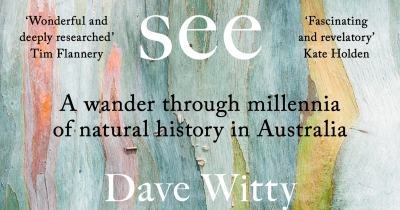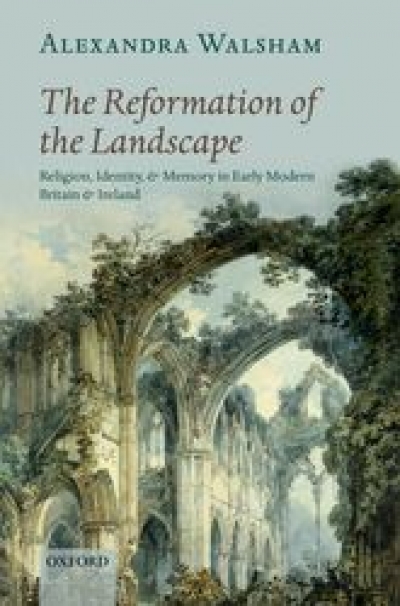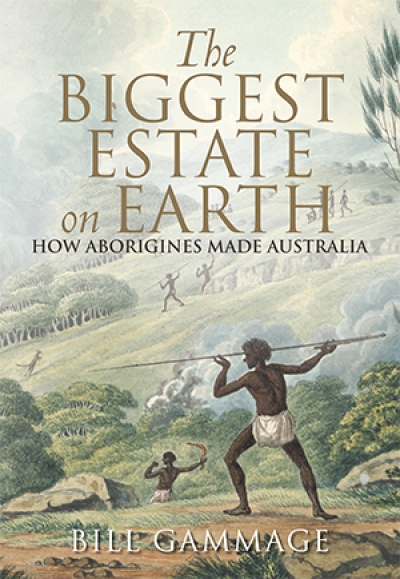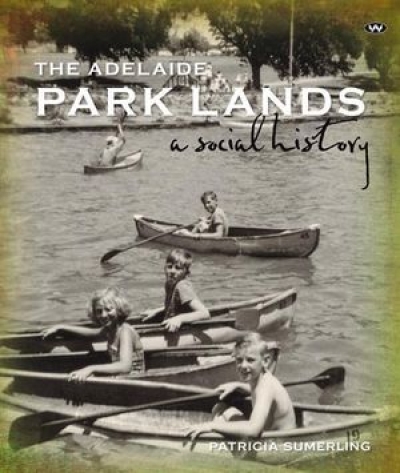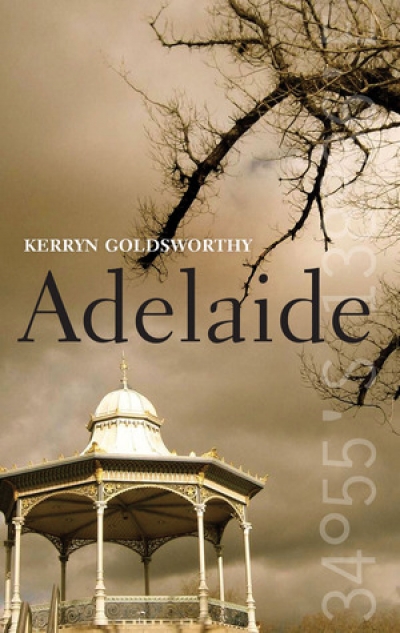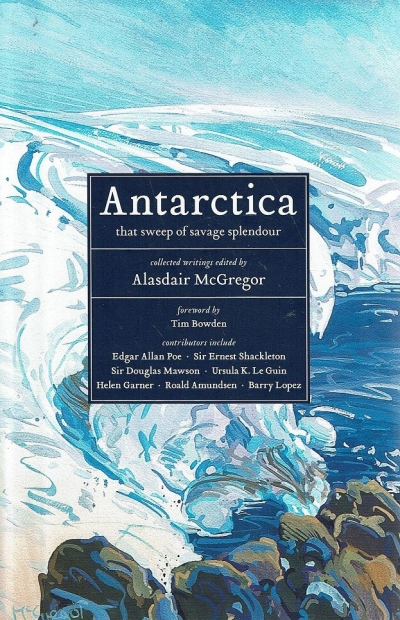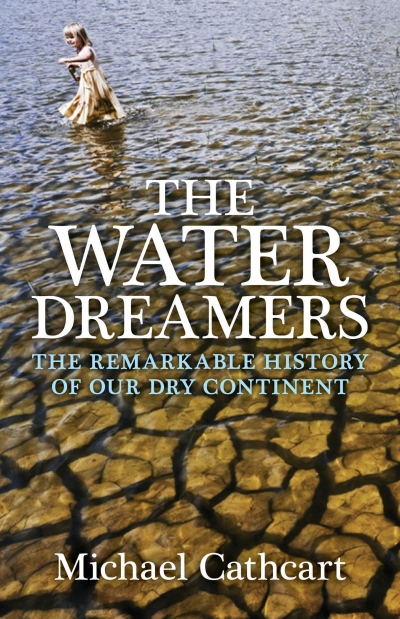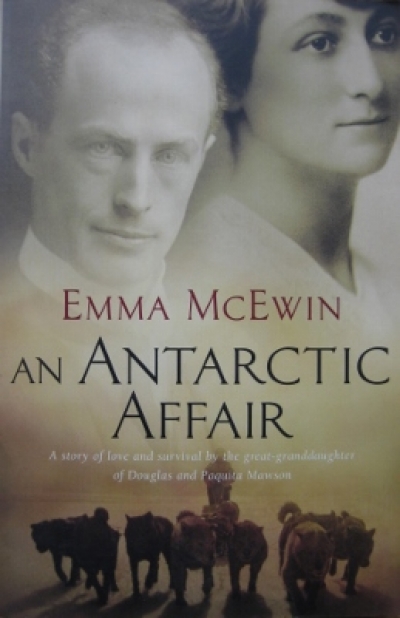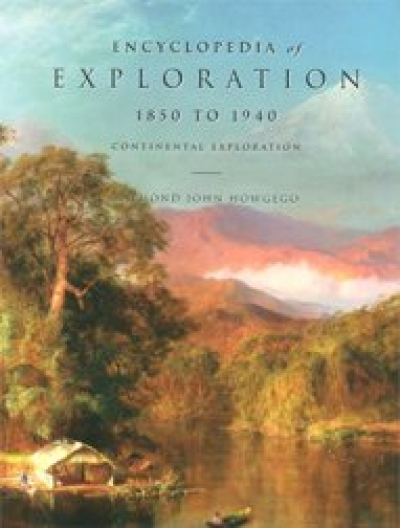Geography
What the Trees See: A wander through millennia of natural history in Australia by Dave Witty
by Ashley Hay •
The Reformation of the Landscape: Religion, Identity, and Memory in Early Modern Britain and Ireland by Alexandra Walsham
by Wilfrid Prest •
The Biggest Estate on Earth: How Aborigines Made Australia by Bill Gammage
by Geoffrey Blainey •
The Adelaide Park Lands: A Social History by Patricia Sumerling
by Bernard Whimpress •
Antarctica: That Sweep of Savage Splendour edited by Alasdair McGregor
by James Bradley •
The Water Dreamers: The remarkable history of our dry continent by Michael Cathcart
by Rosaleen Love •
An Antarctic Affair: A story of love and survival by the great-granddaughter of Douglas and Paquita Mawson by Emma McEwin
by Kerrie Round •
Encyclopedia of Exploration 1850–1940 by Raymond John Howgego & Australia in Maps by Maura O’Connor et al.
by Ian Morrison •

